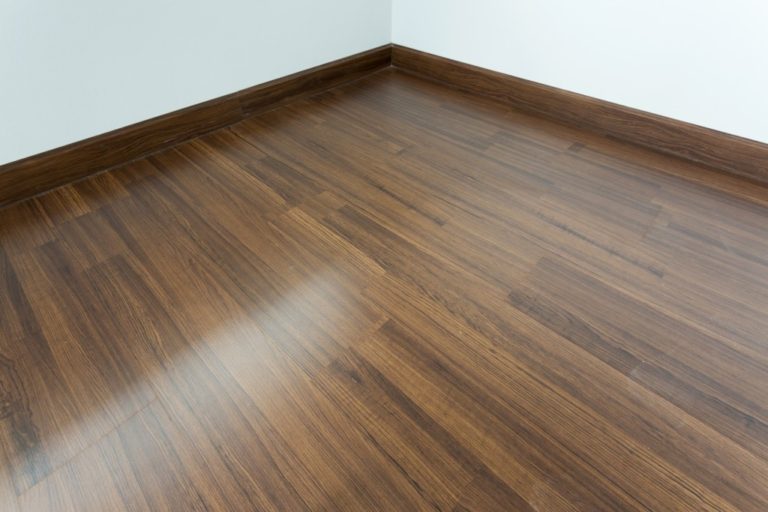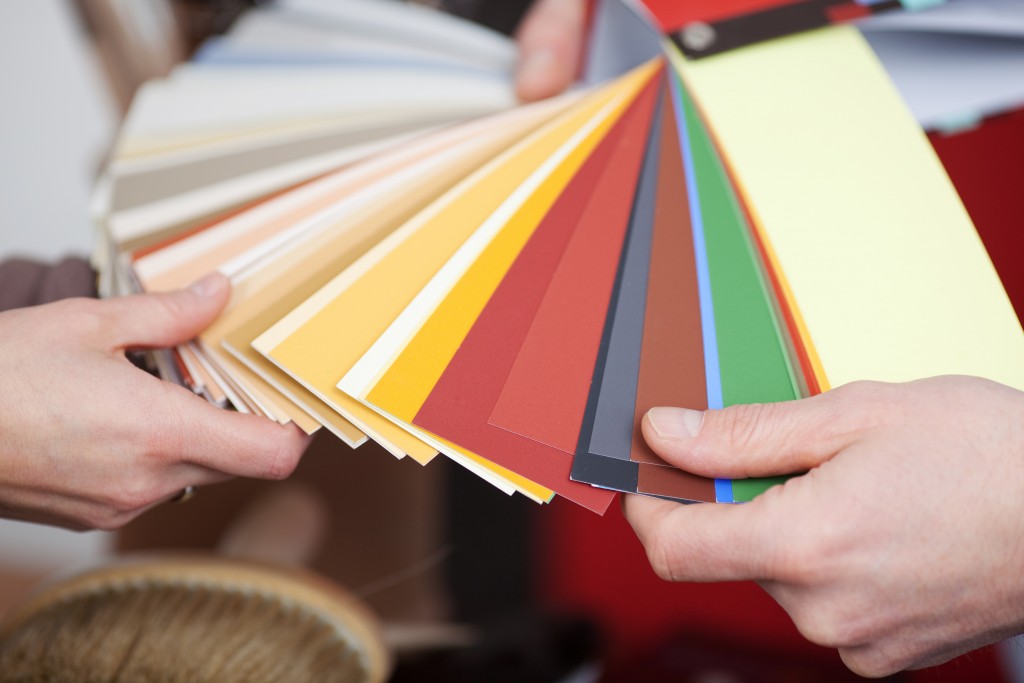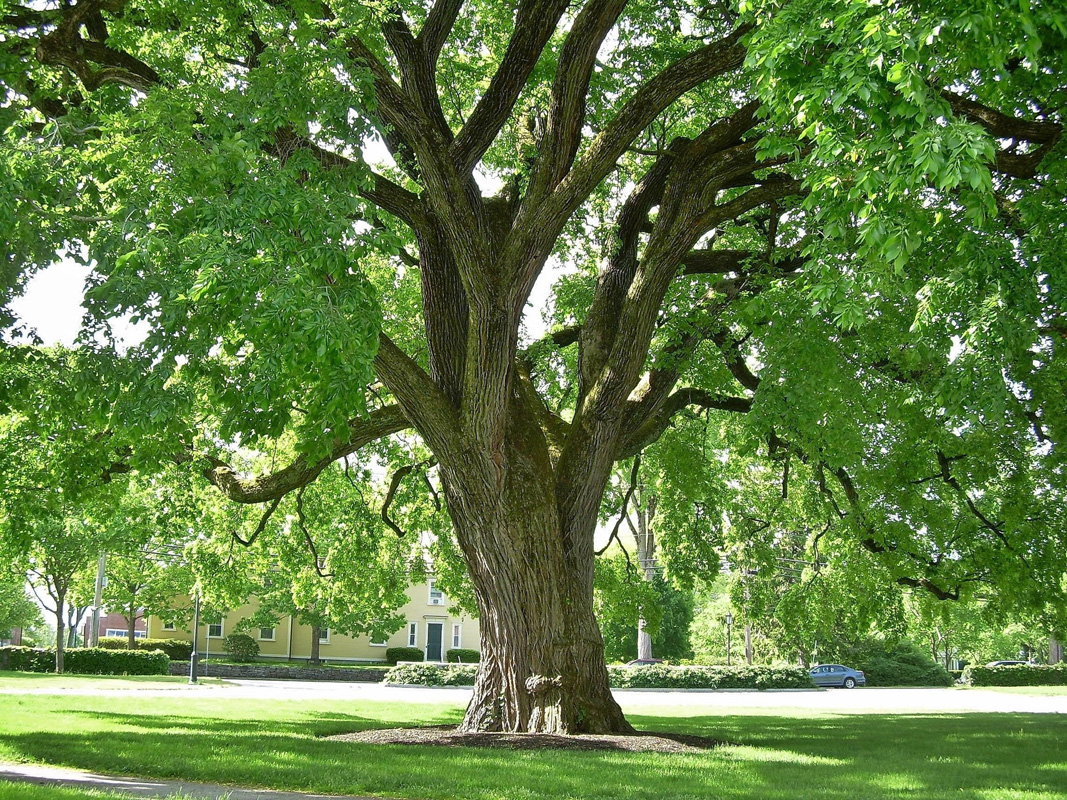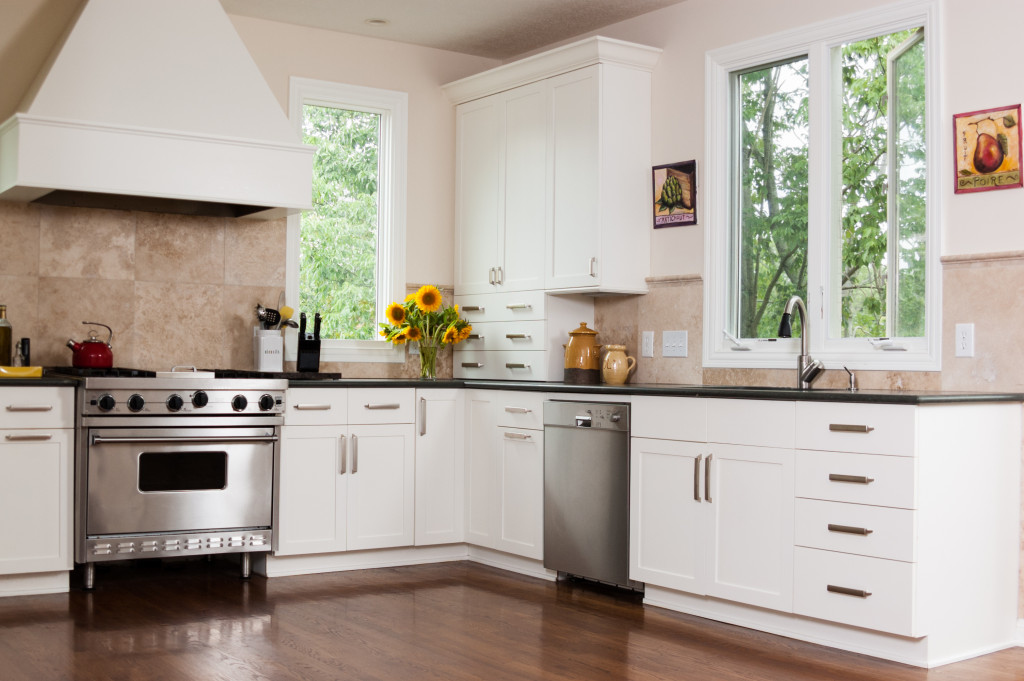Mold may seem harmless, but it can be devastating to a home. Mold grows fast, and it can take over a variety of surfaces. Cleaning it will be a major effort. But this is better than leaving it alone. Mold can slowly damage everything from drywall to pipes. It can also be a major threat to your health. The spores that mold produces can cause allergens and sometimes toxins. If you want to stop mold from appearing in your home, you should focus on one thing: moisture control. Mold loves moisture, and a wet home is its favorite environment. Here are some things that you can do to reduce the moisture in your home.
Prevent Water From Getting In
The first thing you should do is to stop water from completely getting into your home. You need to have a roof without any holes and rain gutters on the sides of your house. No one likes a leaky roof so it should be not a burden to check on your roof for any leaks. Be thorough since some leaks can be pretty small. A good way to check is to go up to your attic area after it rains. You will immediately notice if there are any wet areas.
Rain gutters are less obvious. They redirect all the rain from the roof falling directly down the sides of your house. The gutters ensure that your home’s exterior doesn’t get too wet, which encourages mold growth. Water falling down the exterior walls of your house also has a chance of seeping in, especially when it comes down in large amounts. Clean and repair the gutters regularly to ensure they do their job.
Check Your Basement
If your home has a basement area, always check it after heavy rainfall. Water always pools down to the lowest part of the house. Combine it with the dark lighting and enclosed space; basements become the perfect place for mold. When a basement floods, you should dry it out as quickly as possible. Studies show that if you dry an area within 24 to 28 hours, most of the time mold will not grow.
To prevent basement floods, you should install some drainage options. Some homes have drains in their basement while others have a sump pump. You should also try your best to reduce the moisture in your basement with dehumidifiers and the like. Take note of the various pipes and fittings in the basement, too. A leak can also be enough to start causing moisture buildup.
Proper Ventilation and Moisture Control
While visible water is easy to handle, you should also be aware of moisture in the air. Humid air can be enough to encourage mold growth. The recommended indoor humidity is between 30 to 60 percent. Anything beyond 60 percent and you will have mold problems. A humidity meter is cheap at any hardware store, but you don’t need testing tools to notice high humidity. If you see condensation on windows, pipes, walls, then the air is too humid.
To stop moisture from building up, you need to have proper ventilation in your house. For example, some appliances contribute to humidity like clothes dryers and stoves. Ensure that there is adequate venting for them. You should also turn on your bathroom fan when bathing. Showering puts a lot of water in the air, and you do not want that staying in your house. Air conditioning and dehumidifiers can also lower the moisture in the air. Even something as simple as leaving doors and windows open can reduce the amount of moisture in your home.
Take Care Of Your Indoor Plants

Indoor plants are great decorations, but they can also be a source of mold. They need regular watering, and the moist soil in their planters can be a great place for mold. If you want to stop mold growth, you should mix some Taheebo tea with the water you use on them. This herb is a great fungicide and is completely natural. You can find it in many health food stores.
You should also consider taking your plants outside during the day. Sunlight kills mold and exposing your plant to natural sunlight can be good for it. You should also clean up the soil so that there are no dead leaves or other organic materials in it. This provides extra nutrients that mold can use to start growing.
Mold can be very persistent, so you need to be alert. Mold prevention means that you don’t have to spend money on mold cleaning and repair. That should be enough to provide you with the motivation to be active with your mold-fighting activities.






